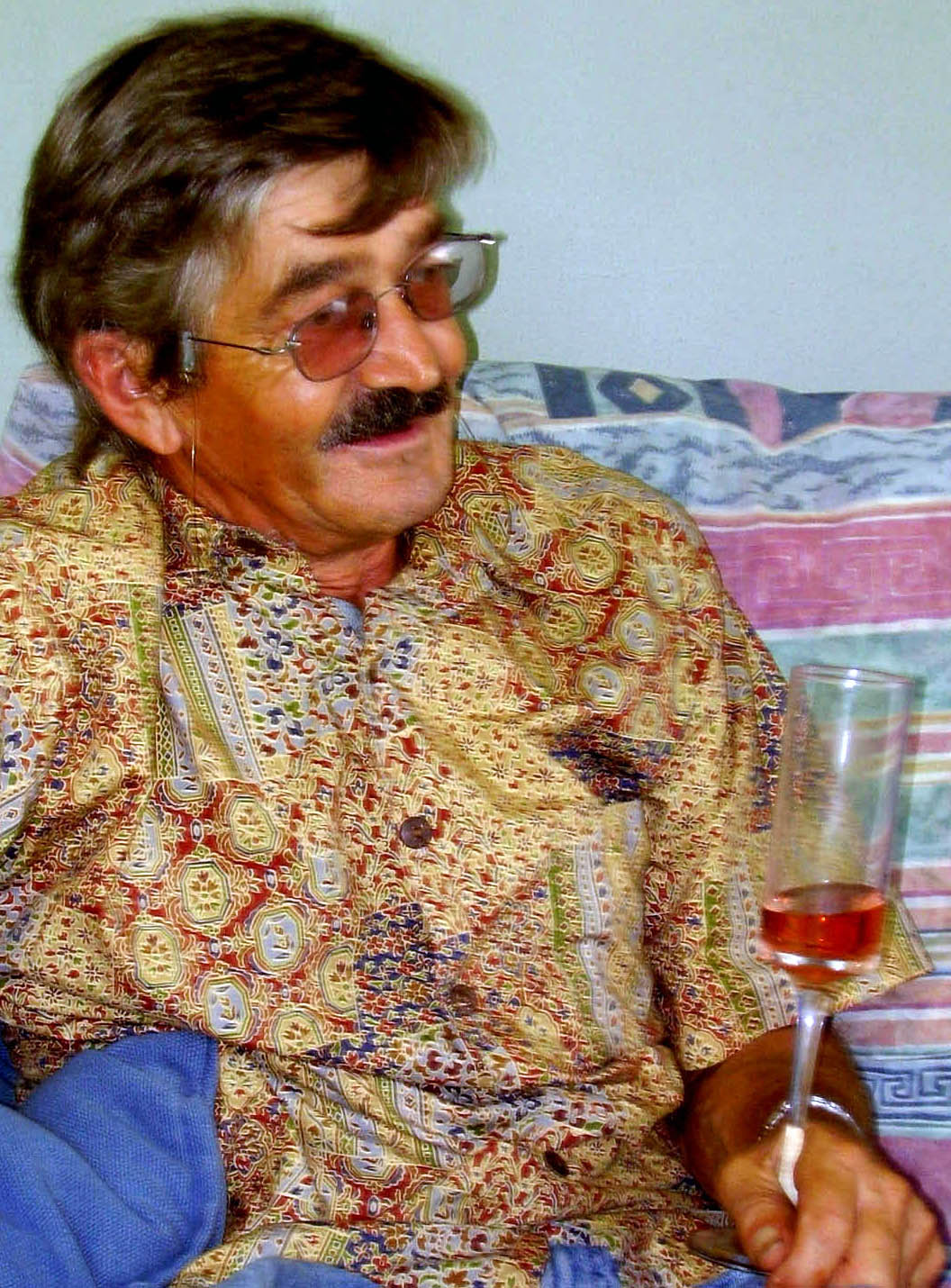My mourning experience teaches me that even more beneficial than a grateful attitude is an ongoing daily state of gratitude or gratefulness, one that we don’t plan or experience temporarily.
Staying in touch with Karl helps me to stay in touch with my embodied gratitude. That constant gratitude has the quality that psychologist Mihaly Csikszentmihalyi (in Flow: The Psychology of Optimal Experience, 1990) calls “flow”: a pulsation and inner calm in our body.
This “flow” is the gratitude that everyone can live, all the time. Because my gratitude has been so persistent since Karl died, and I feel it as sacred energy, pulsing and flowing in every cell of my body, I grow in confidence that it is real. I learn that gratitude is more than pleasure. Karl would say it is all about marigolds.
Touching expressions of Karl’s gratitude
Listening to Karl’s expressions of gratitude throughout our daily conversations (after he died) has a powerfully healing effect on me. By early May 2016, when I am on holiday in Canada, Karl becomes uncharacteristically open about his childhood and youth, as well as our first years together:
I’d had a harsh life when we met, and I didn’t have a lot of hope left. You taught me to have hope — and — although I often resisted, in the end, I flourished because you loved me.

I AM HERE FOR YOU FOREVER
Later, Karl reminds me:
I am here for you — forever. I will never, ever, forget all you did for me in my human life. I could not have imagined how I was able to be with you. I might not have been that good at telling you — but now I can show you…. You are the song in my life.
Karl never forgot that he had been a premature baby and a sickly infant who was not expected to live through his first winter. His mother abandoned him when he was still a baby.
Karl’s humble gratitude for his harsh life reminds me that I still have much to be grateful for.

